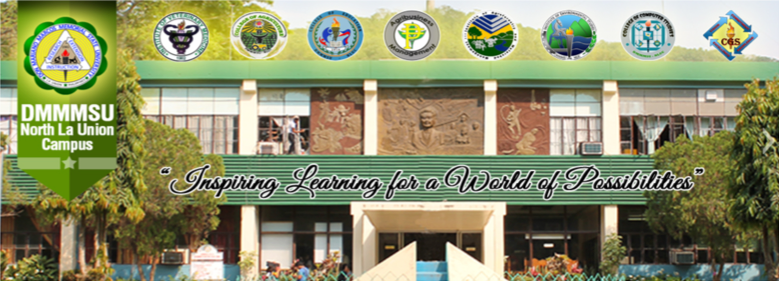
BY LEANDER C. DOMINGO
SAN FERNANDO CITY (April 29)—La Union province-based Don Mariano Marcos Memorial State University (DMMMSU) has joined research institutes and universities here and abroad to address the intensifying challenges of global environment, sustainability and biodiversity conservation as well as the monitoring of the world’s remaining forests.
A co-investigator in this Association of Southeast Asian Nations (Asean) environmental research, Prof. Lilito Gavina of DMMMSU College of Agroforestry and Forestry, said the university has collaborated in the investigation particularly focusing on the forests in Southeast Asia.
DMMMSU collaborators were the National Institute for Environmental Studies (NIES), the Institute for Global Environmental Strategies and the University of Tsukuba, all in Japan; Centro de Investigaciones en Geografía Ambiental, Universidad Nacional Autónoma de México in Mexico; World Agroforestry Centre, International Rice Research Institute in Los Baños, Laguna and Oscar M. Lopez Center in Pasig City.
Gavina, who is also the DMMMSU Planning and MS Agroforestry Program head, said the group came out with a published research work titled, “Remotely sensed tree canopy cover-based indicators for monitoring global sustainability and environmental initiatives.”
The principal author of the research work was an alumnus of DMMMSU North La Union Campus, Dr. Ronald Estoque of Japan’s NIES.
Citing the abstract of their research, Gavina explained that there have been intensifying challenges in the environment and that the monitoring of the world’s remaining forests has become more important than ever.
He said the present earth observation technologies, particularly remote sensing, are at the forefront of forest cover monitoring worldwide and given the current conceptual understanding of what a forest is, canopy cover threshold values are used to map forest cover from remote sensing imagery and produce categorical data products such as forest/non-forest (FNF) maps.
Experts said global-scale FNF maps are of crucial importance for applications like biomass estimation and deforestation monitoring. Global FNF maps based on optical remote sensing data have been produced by the wall-to-wall satellite image analyses or sampling strategies.
However, Gavina said multi-temporal categorical map products have important limitations because they inadequately represent the actual status of forest landscapes and the trajectories of forest cover changes due to the thresholding effect.
“In our study, we examined the potential of using remotely sensed tree canopy cover (TCC) datasets, which are continuous data products, to complement FNF maps for forest cover monitoring,” he noted.
He said they developed a conceptual analytical framework for forest cover monitoring using both types of data products and applied it to the forests of Southeast Asia.
“It was concluded that the TCC datasets and the statistics derived from them can be used to complement the information provided by categorical FNF maps,” the DMMMSU professor said.
He noted that the TCC-based indicators such as losses, gains and net changes can help in monitoring not only deforestation but also forest degradation and forest cover enhancement, all of which are highly relevant to the 2030 Agenda for Sustainable Development and other global forest cover monitoring-related initiatives.
“We recommend that future research should focus on the production, application and evaluation of TCC datasets to advance the current understanding of how accurately these products can capture changes in forest landscapes across space and time,” Gavina added.
